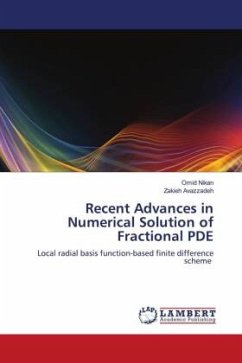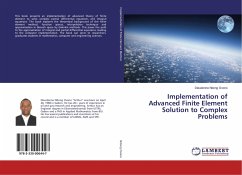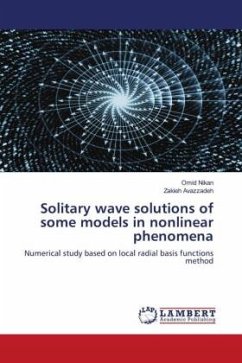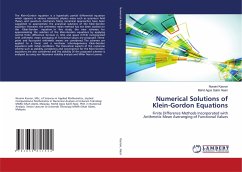Due to the adequacy of fractional derivatives for capturing memory effects, many systems can be well described by means of fractional differential equations (FDEs). This book studies the local radial basis function (RBF) collocation method to obtain the approximate solution of FDEs. The unknown solution will be calculated in two main stages. First, the time discretization of the governing problems is accomplished through the finite difference scheme. Second, the spatial variables are expanded by using local RBFs, where each basis function is approximated by a weighted linear summation of function values. The spatial discretization achieved through the local RBFs is highly accurate, since in local collocation techniques we only consider the nodes located in the subdomain around the collocation node surrounding the local collocation point. Indeed, the proposed method overcomes the ill-conditioning problem resulting from the adoption of the global collocation and leads to sparse systems. The stability and convergence analysis are proven. Numerical results highlight the effectiveness and capability of the method and illustrate its good computational performance over complex domains.








